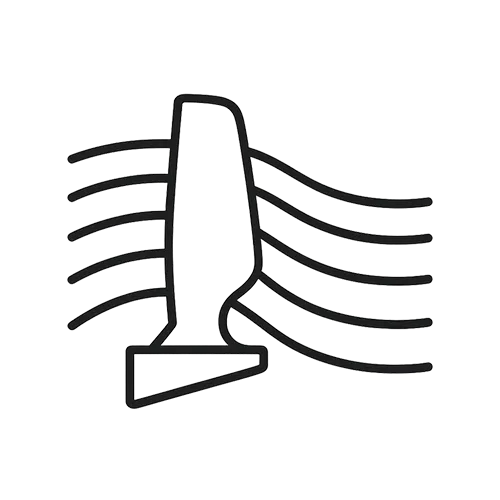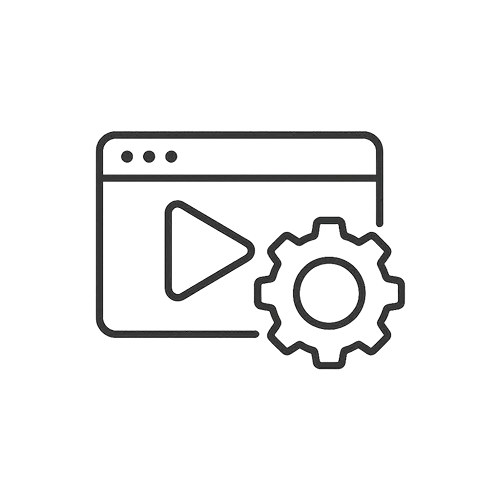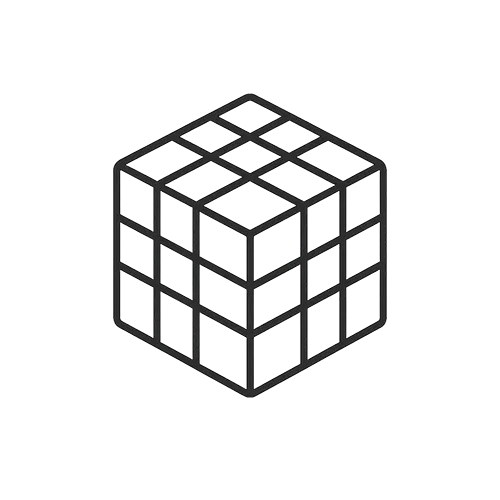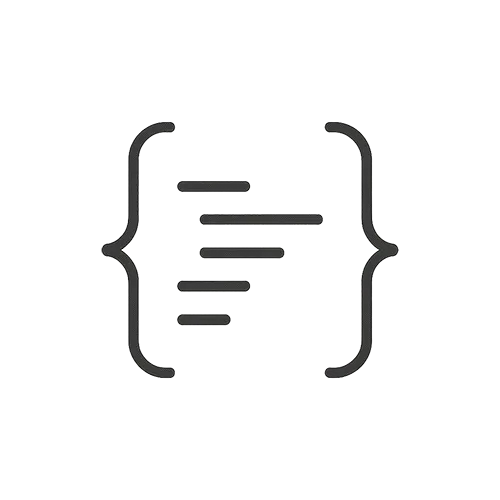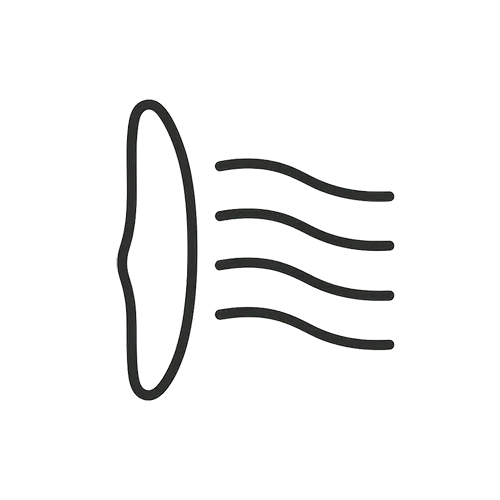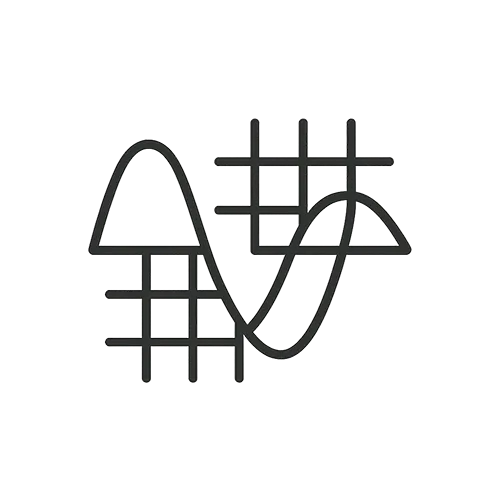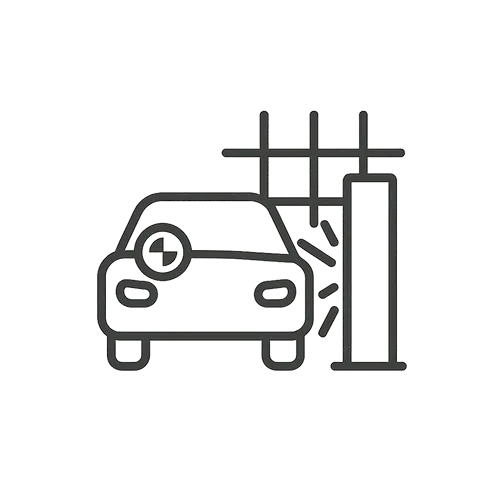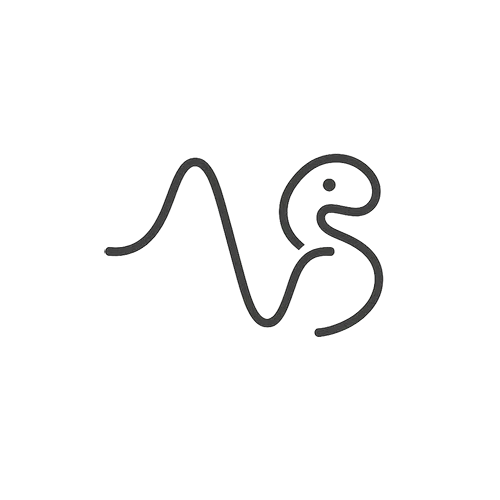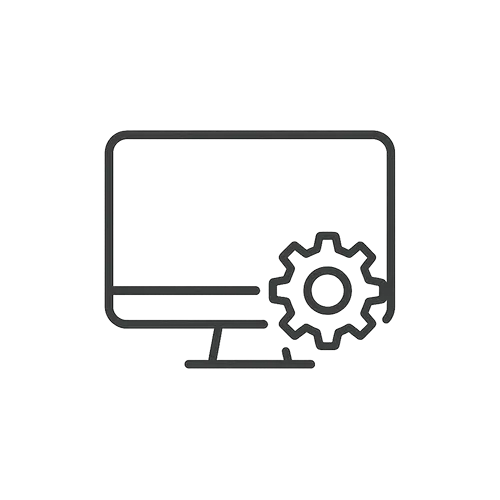Linear static FEA makes several key assumptions: (1) materials remain linear-elastic (stress is proportional to strain, no yielding), (2) deformations are small (geometry does not significantly change during loading, so stiffness remains constant), and (3) boundary conditions/load application do not change with deformation (no contact change or large deflection effects). If your problem violates any of these assumptions, you should use a nonlinear analysis. For example, if stresses are expected to exceed the elastic limit of the material (plastic deformation), a material nonlinearity (plasticity model) is needed. check out our case study about Non-Linear Structural Analysis. If the structure will experience large deformations or rotations (e.g., a slender column buckling, or a membrane stretching), you have a geometric nonlinearity – here a nonlinear (large-deflection) analysis is required so that changing stiffness (due to deformation) is accounted for. Contact problems are inherently nonlinear – if your simulation involves parts coming into or out of contact, friction, etc., that is another case for nonlinear analysis. Essentially, use nonlinear FEA when realism demands it: large strains, plastic yielding, hyperelastic materials (rubbers), cracking or crushing, contact interfaces, or any situation where stiffness is a function of displacement. Linear FEA is faster and can be accurate for small, elastic disturbances, but it can significantly mislead if used beyond its valid range (e.g., it might predict unrealistically large deflections or unconservative stresses when actually the structure would have stiffened, yielded, or buckled). As a rule of thumb, start with a linear analysis for a quick approximation – if deflections are more than, say, 5-10% of part dimensions, or if any stress exceeds yield by a large margin, or if you observe unrealistic results, then step up to a nonlinear analysis. Modern FEA software can handle many nonlinearities (geometry, material, contact) in combination, albeit with more computation time and the need for convergence controls. Nonlinear analysis will iterate and adjust stiffness as the load increases, providing a more accurate picture of structural behavior in real-world conditions.
When should I consider a nonlinear FEA analysis instead of a linear one?
0
Engineering Downloads
0 Subscribers
Submit Answer
0 Answers

